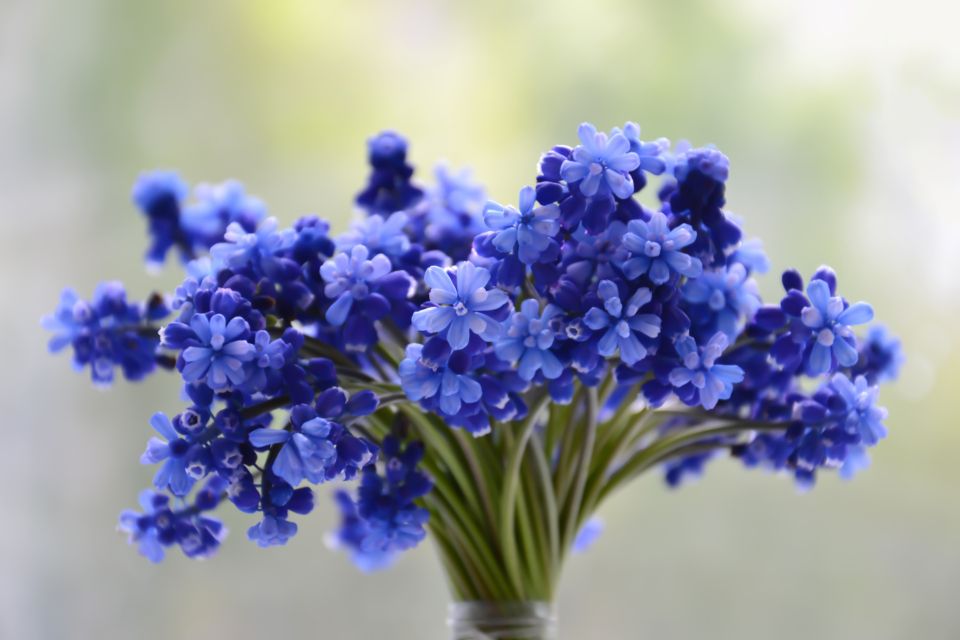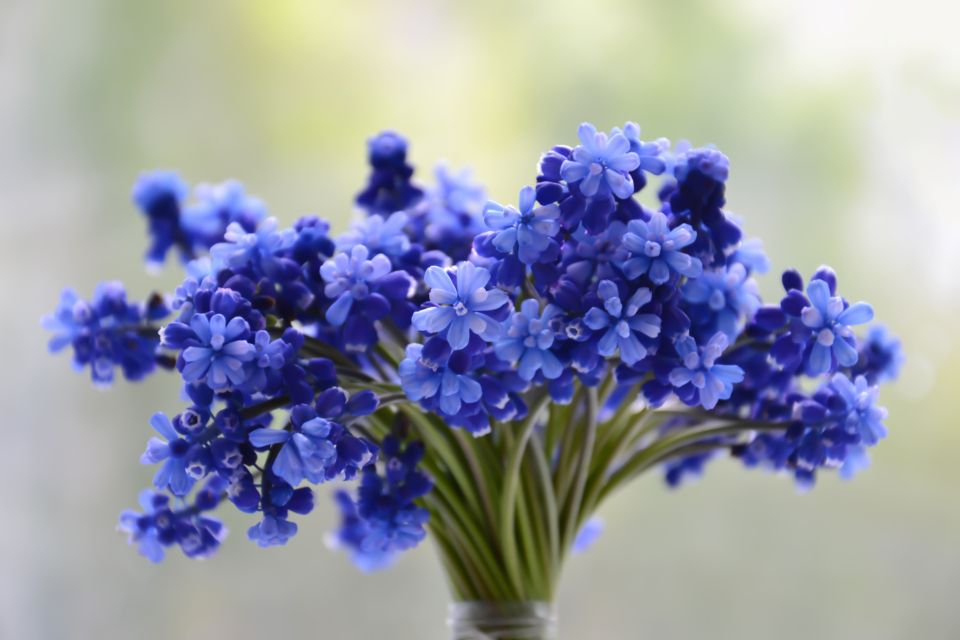Top 5 Tips for Photographing Flowers in Spring & Summer

Flowers can be a fascinating subject matter for photographers of varying skill levels. This post focuses on tips and tricks any photographer can use to capture stunning images of bouquets, floral arrangements, and flowers growing in nature.
1. Low Angles are Great Angles

Immersing oneself in nature, with a camera in tow, can be a wonderful experience - especially if you bring along a macro lens. When it comes to photographing flowers, especially ones found growing natures or planted in garden beds, it's important to find the right angle.
📷 Photo Tip: Low angles are great angles to start with. Why? Well, low angles allow photographers to capture close up details of daisies, tulips, and any other type of flower or plant you can imagine.
2. The Earlier Start, The Better

There's nothing like watching an early morning sunrise over a meadow in the summer time. If you have the privilege of experiencing such a few, make sure you bring your camera along.
📷 Photo Tip: Sunrise shoots aren't reserved for meadows. No matter you're environment, sunrise or early morning can be a great time to photograph flowers or other nature elements. Just think about the warm light, dew drops, buzzing insects and chirping birds the sunrise brings - then set your alarm.
3. Experimentation is Key

There are a hundred or more ways to photograph flowers, so why stop at one? Each camera angle can offer a different perspective and each image can tell a different story depending on lighting, tone and focal point. With each varying photo technique comes a new opportunity.
📷 Photo Tip: It's important to experiment - especially if you are using a digital camera. For film, it may be important to be a bit more decisive. But, with digital photography, endless experimentation can occur. Change your angle, camera settings, and lenses to capture a subject matter in a different light.
4. Don't Be Afraid to Ditch Your Tripod

Is your tripod getting in the way of your nature photography? Be honest with yourself. And if it is, consider opting for a hand-held photo session.
📷 Photo Tip: Tripods undoubtedly have their place in a photographer's toolkit, however, they can be cumbersome. If your tripod is getting in the way of your best shots, set it to the side! It's okay to hand-hold your camera from time to time. Just try to keep a steady hand and shoot at 1/60 sec or faster, if you can!
5. Take A Step Back, From Time to Time

Capturing super close-up images of individual flowers can be really cool, but so can photographing flowers in groups - it all depends on your perspective.
📷 Photo Tip: Treat each photo session as an opportunity to capture your subject matter in a new light. If you typically zoom in really close up when photographing flowers, consider taking a step back next time. Getting a broader view can lead to dynamically different images than you captured in the past - and this kind of change and growth, is always good.